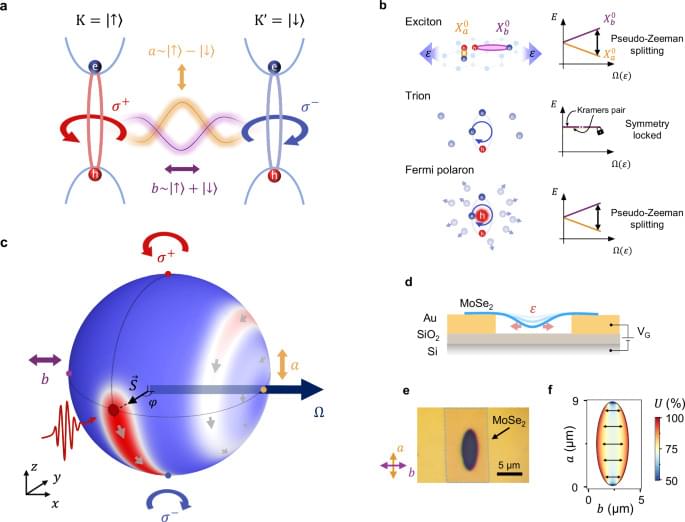Researchers have linked a single gene to a high risk of developing mental illness. The finding challenges long-held views about the genetic origins of these conditions and suggests a potential therapy using a simple amino acid supplement.
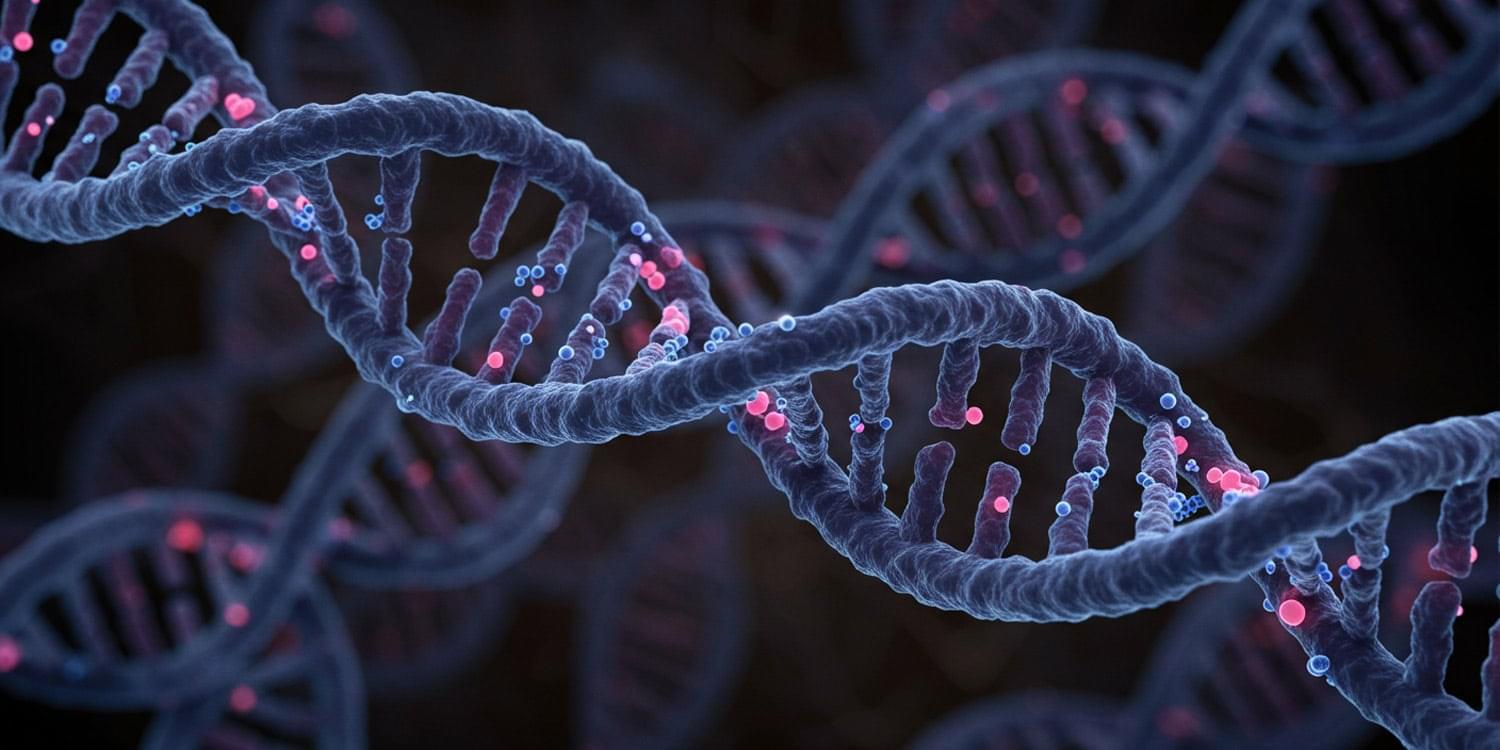

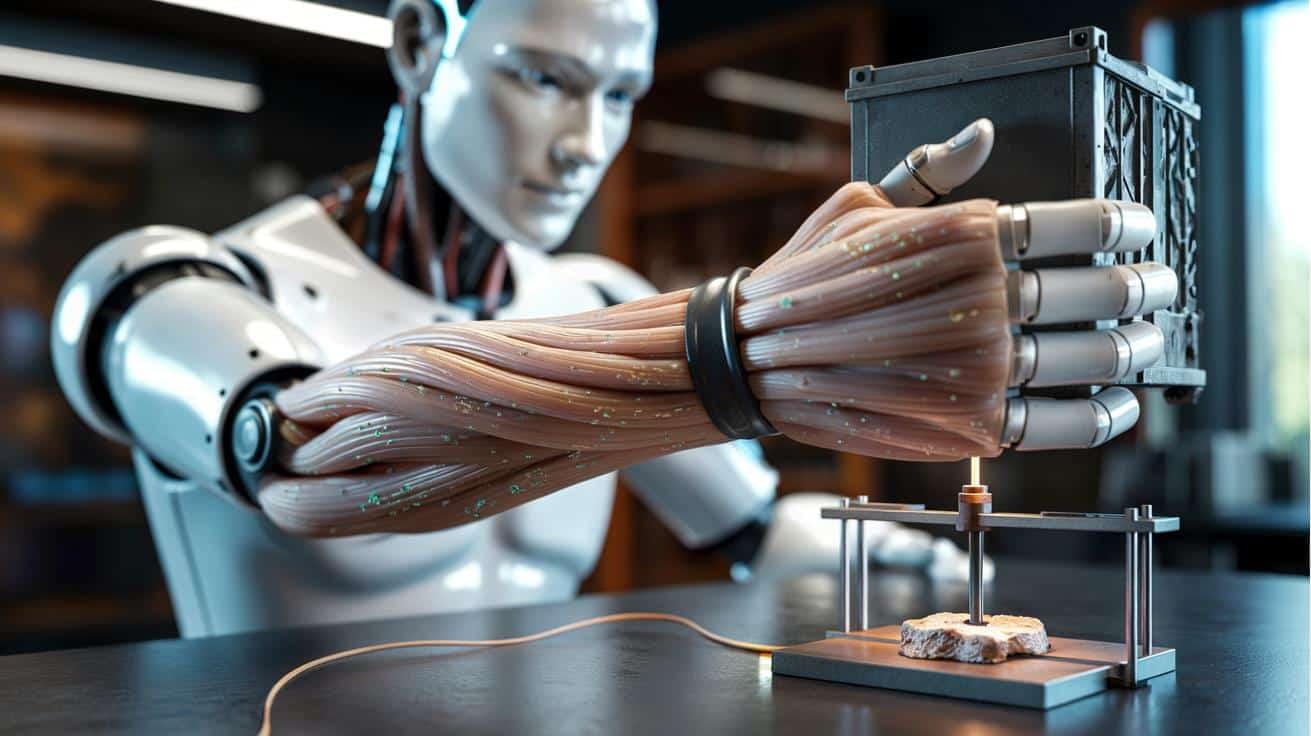
A new material bends that rule.
Researchers in South Korea say they have built a soft, magnetic artificial muscle that hits hard numbers without turning into a stiff piston. The material flexes, contracts and relaxes like flesh, yet ramps up stiffness on demand when asked to do real work. That mix has long sat out of reach for humanoid robots that need both agility and strength.
Most humanoids move with a cocktail of motors, gears and pneumatic lines. These systems deliver power, but they also add bulk and make contact risky. Soft actuators change the equation. They integrate into limbs, cushion impacts and tolerate misalignment. They also weigh far less than hydraulic stacks and slot neatly inside compact forms like hands, faces and torsos.
Chinese researchers have used CRISPR gene-editing technology to improve the production efficiency and nutritional value of the fungus Fusarium venenatum.

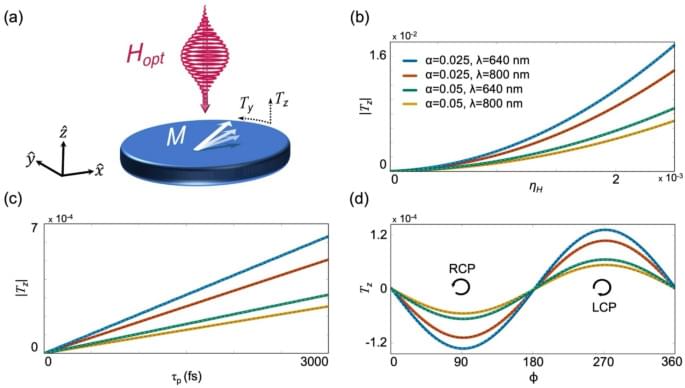
Scientific Reports volume 15, Article number: 39,566 (2025) Cite this article.
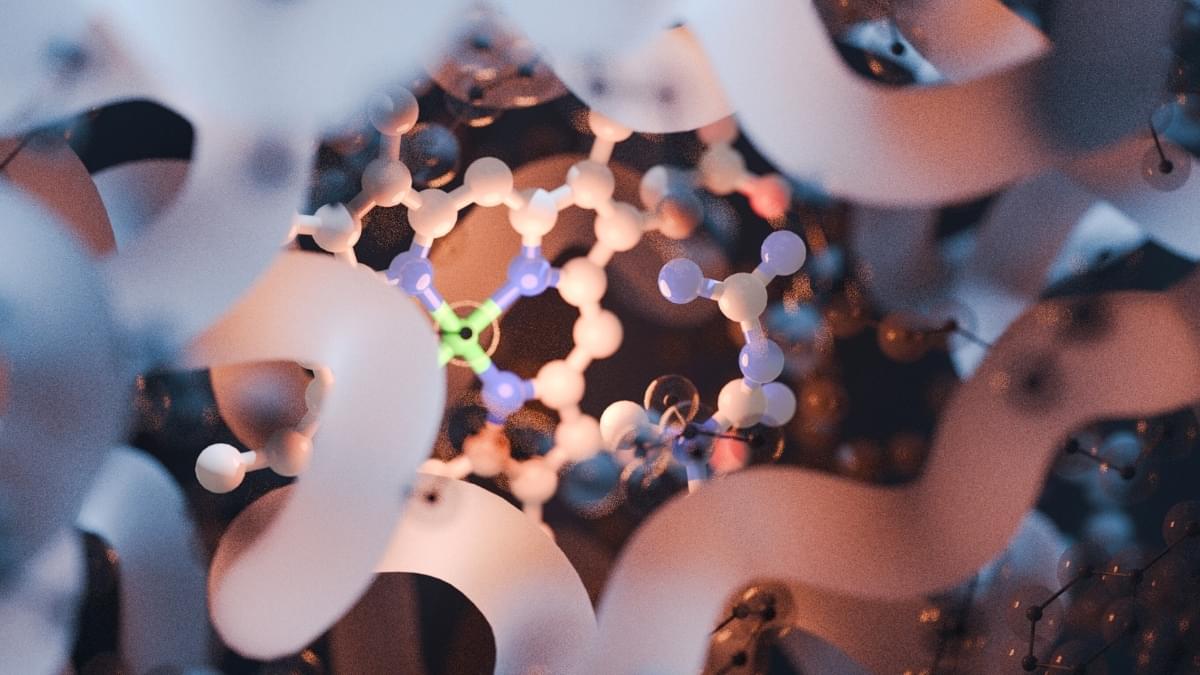
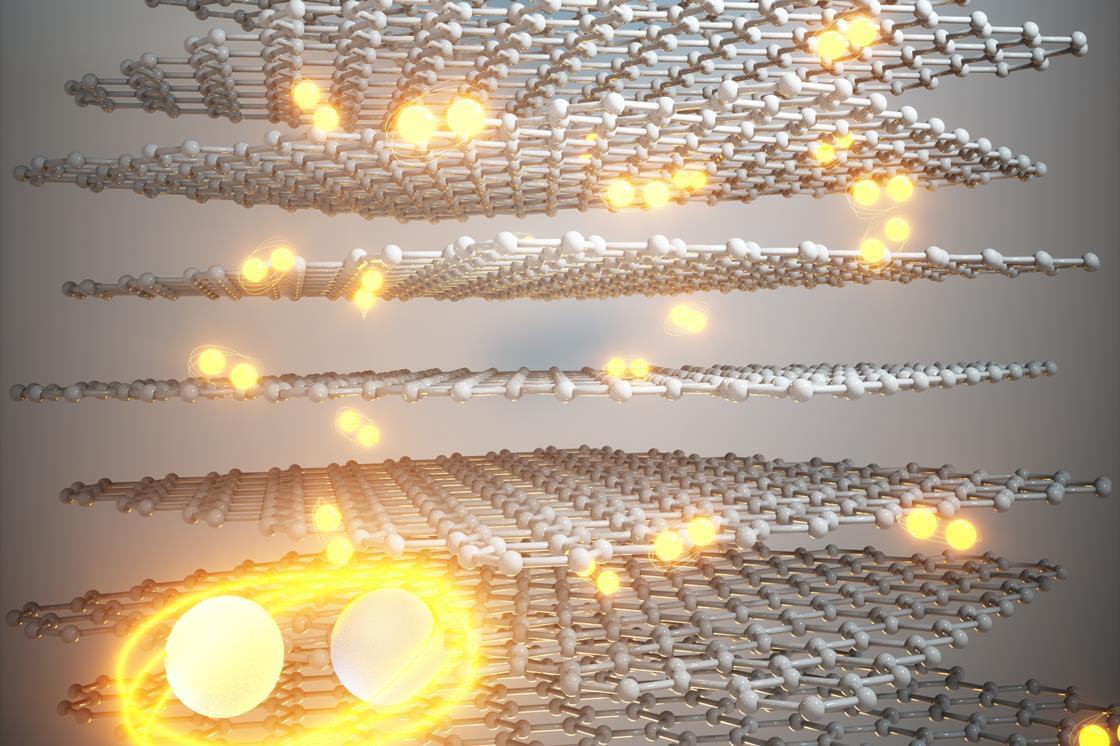
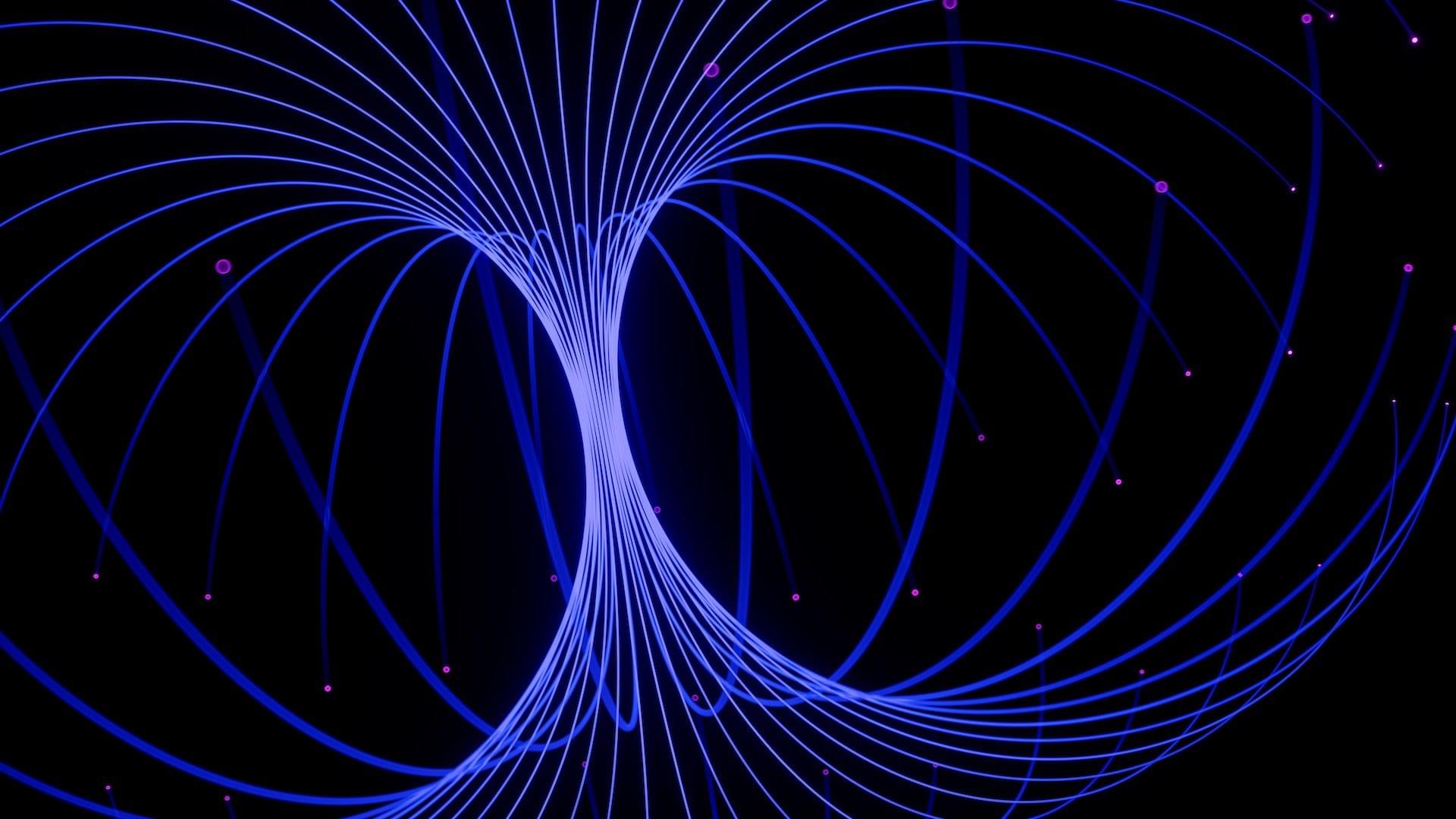
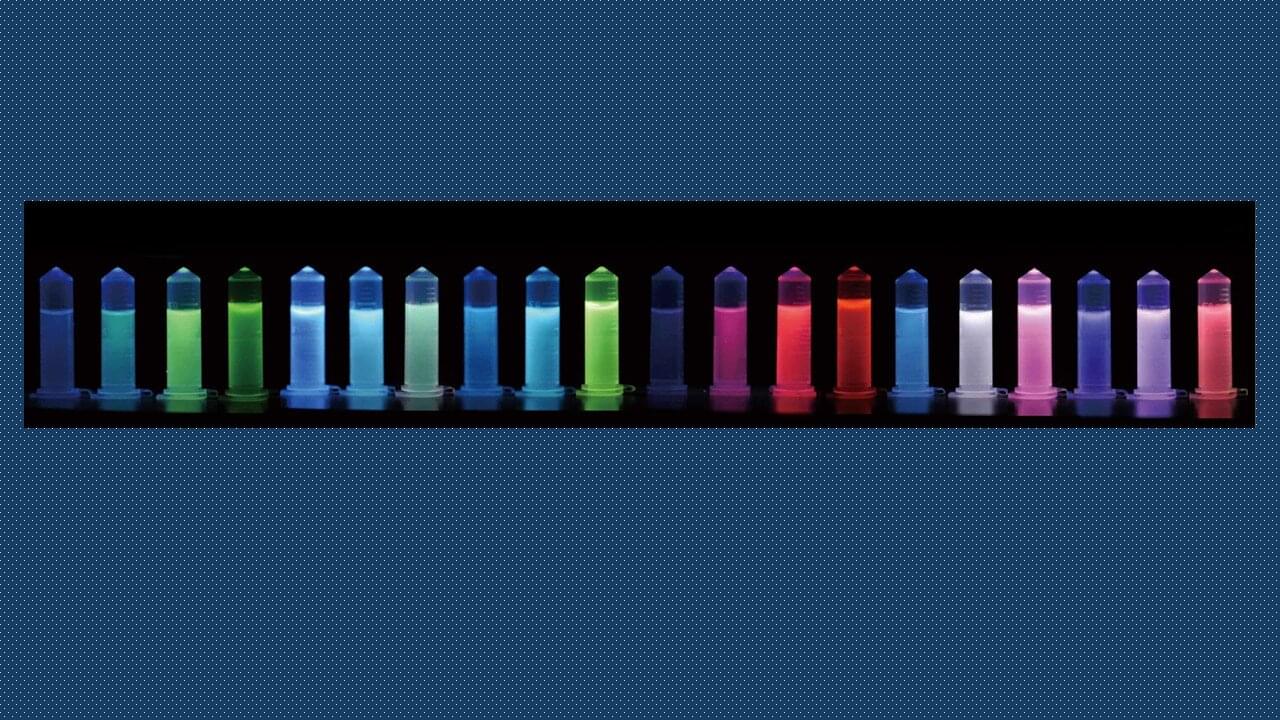
In a discovery shaped by more than a decade of steady, incremental effort rather than a dramatic breakthrough, scientists from the National University of Singapore (NUS) and their collaborators demonstrated that great ideas flourish when paired with patience.
Flashback to 2011: a small group of young researchers gathered around an aging optical bench at the NUS Department of Chemistry, watching a faint, flickering glow on a screen. Their goal seemed deceptively simple: make an insulating crystal emit light when electricity flowed through it. The challenge, however, was nearly impossible.
Lanthanide nanocrystals, known for their chemical stability and pinpoint color purity, were insulators, notoriously resistant to electrical excitation.
